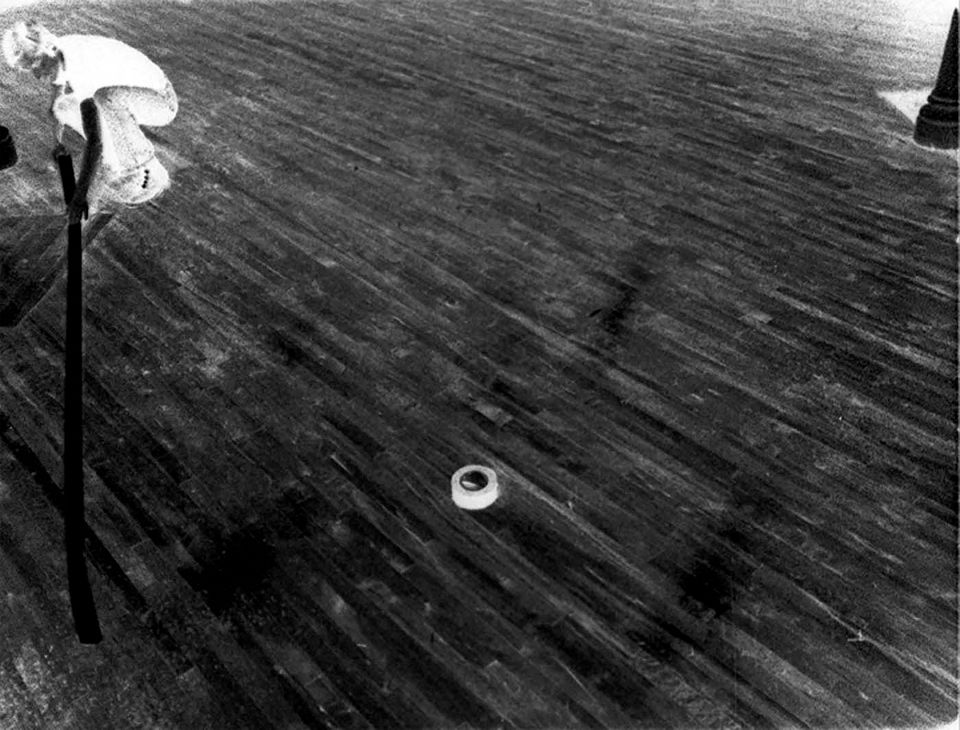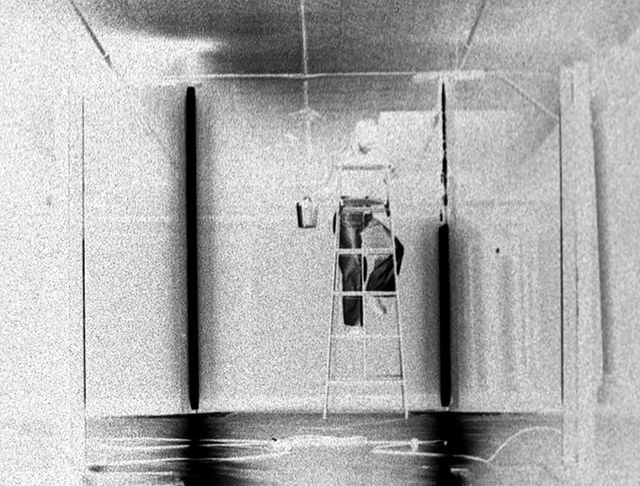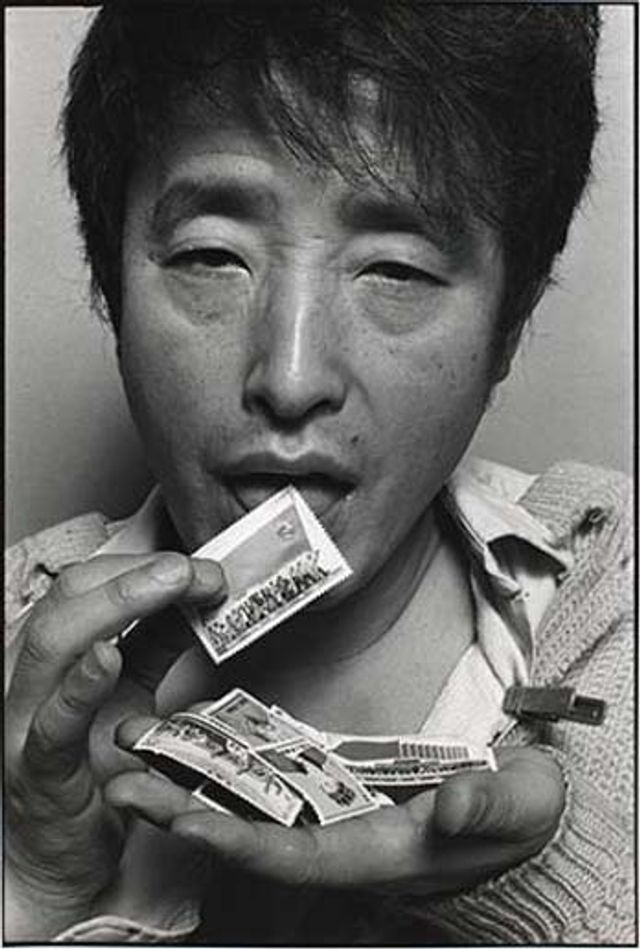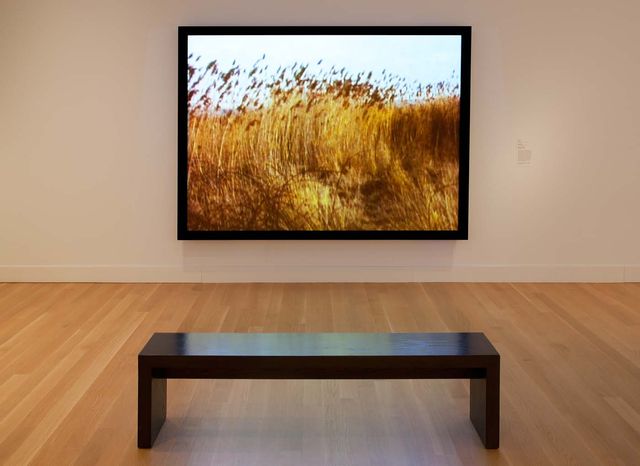Watch This! New Directions in the Art of the Moving Image (4.0)

David Haxton, Black on White Tape, from Sixteen Films, 1974-1975
Watch This! New Directions in the Art of the Moving Image is a series of rotating exhibitions drawn from the Smithsonian American Art Museum’s permanent collection. The series recognizes the importance of technology in the history of twentieth- and twenty-first century art, and features examples that have transformed the moving image into a contemporary art practice. Pioneering video art as well as key works in American avant-garde cinema is represented here alongside multimedia installations. Together, these works of art identify the multitude of technologies that artists have engaged since the 1960s and trace the complex relationships between art and electronic media.
Description
This installation of Watch This! is the fourth in the series. The seven featured artworks are: three works by David Haxton, Black on White Tape, from Sixteen Films (1974–1975), Black and White Drawing, from Sixteen Films (1975–1976) and White Red and Green Lights, from Sixteen Films (1978); Gordon Matta-Clark, Program One: Chinatown Voyeur (1971); Nam June Paik, Zen for TV (1963, 1976 version); Robert Smithson, Spiral Jetty (1970); and Woody Vasulka, C-Trend from Selected Works (1974). Michael Mansfield, curator of film and media arts, selected the works.
A dedicated permanent collection gallery for time-based art is an important aspect of the media arts initiative at the museum, which includes acquisitions, exhibitions, educational programs, and archival research resources related to film, video, and the media arts.
Visiting Information
Credit
The James F. Dicke Family Endowment generously supported Watch This!
Online Gallery
Artists
Nam June Paik (1932–2006), internationally recognized as the "Father of Video Art," created a large body of work including video sculptures, installations, performances, videotapes and television productions.
















